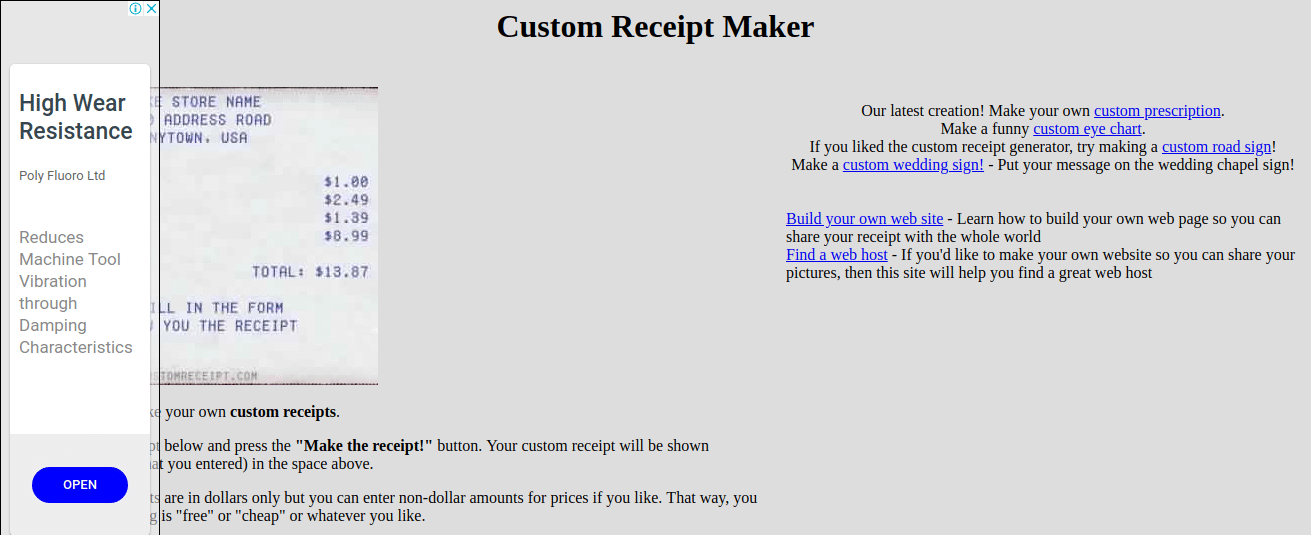
To achieve this, go to the bottom of the receipt that you can find on the website and there will be a button called Get Image.
#Album receipts maker how to
Many users have shared their receipts on their various social media handles but some may not know how to post these receipts on their social media handles. Another person tweeted and said he was hearing white noise in his sleep, and it was his most played song on Receiptify Spotify, and it sounded fake. One person tweeted that the receipt made him realize he needed to be careful what he listened to, just like the receipt Expose it to your listening habits. Many people and users shared the receipts on their internet and social media IDs and got information about other people and their listening habits. How Do I Share It On Social Media Via Receiptify ? The user can choose to receive feeds from the last month, six months, or even the day of use. He assured me that the bugs would be fixed as soon as possible.
#Album receipts maker download
However, the page might be a bit corrupt as the creator tweeted that the download button might not work on mobile phones, and the user might need to take a screenshot of the receipt. The image can be shared on Instagram or any social network chosen by the user. The image can then be verified and downloaded.


The next step is to generate choice favor receipts. When users click on the button to sign in, they are prompted to integrate their Receiptify Spotify account. To start using the plugin, the person must first log in to Receiptify with their Google Receiptify Spotify, assuming the user has already created their Spotify account and logged in.

Google Receiptify will create a personalized receipt based on the music’s listening history. Users can subscribe to the music service of their choice and select a time period (one month ago, six months ago, or forever). This work was supported by a micro-grant from the Frank-Ratchye Fund for Art the Frontier #2021-008. Liu’s project generated realistic “receipts” from users’ Spotify playlists and was used over a million times in the first few months. Michelle Liu, a graduate student in information systems at Dietrich College, developed Receivetify, an online web application.


 0 kommentar(er)
0 kommentar(er)
